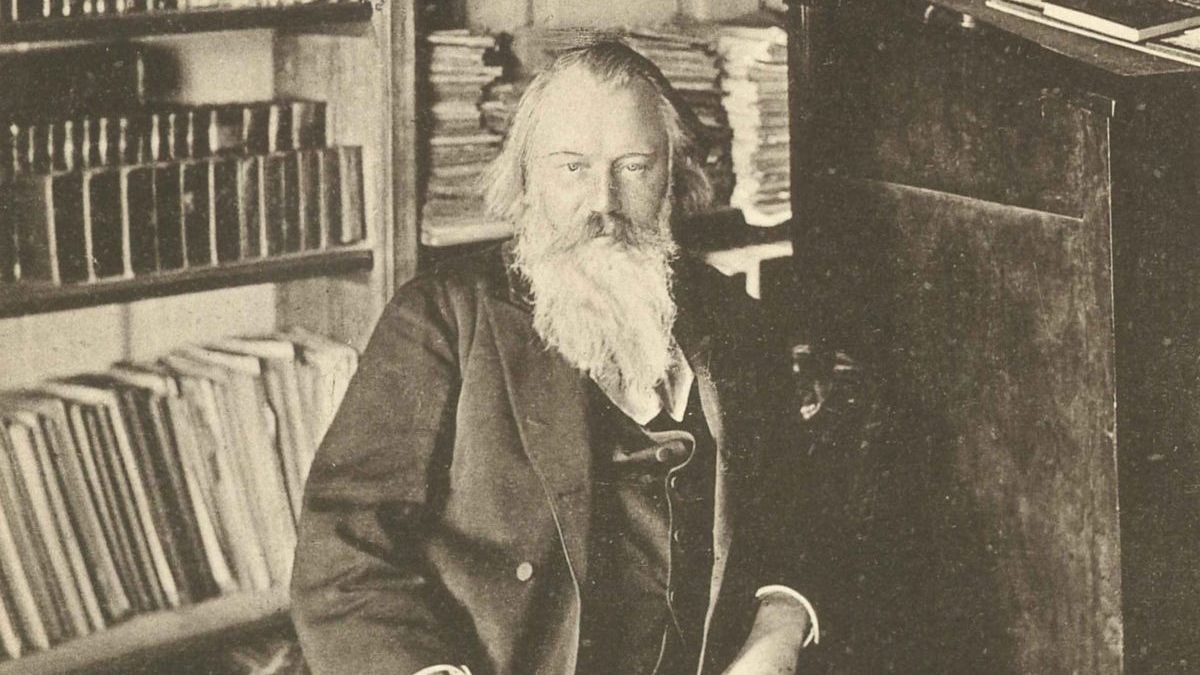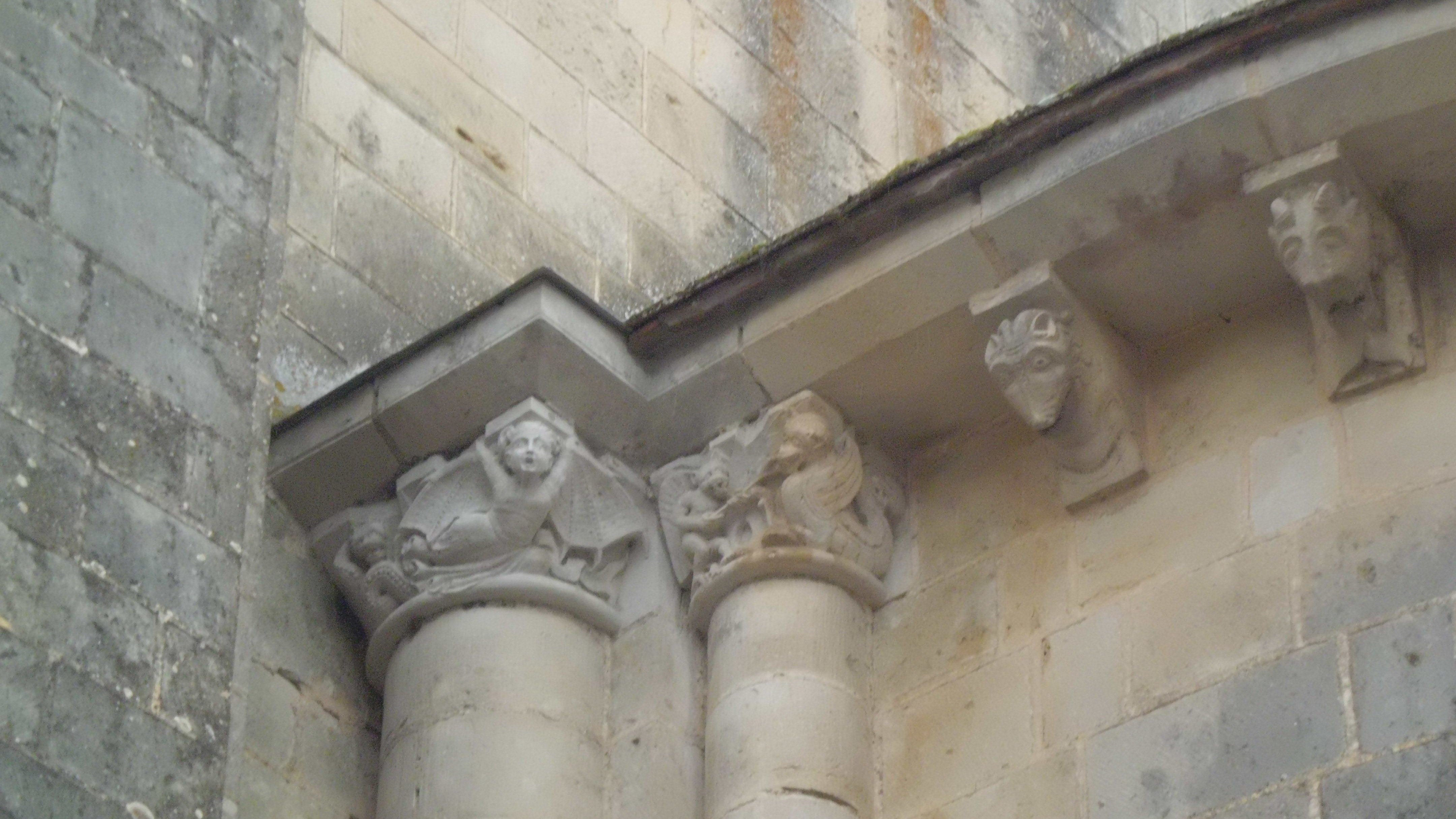Brahms’ Alto Rhapsody: The Wanderer Finds Solace
Early photographs of Johannes Brahms capture a solitary, contemplative figure. Brahms was a lifelong bachelor whose personal motto, Frei aber froh (“Free but happy”), found its way into the opening three pitches of the Third Symphony in the form of a musical cryptogram. The loving, platonic relationship between Brahms and Clara Schumann, and its creative influence, has been well-documented. Yet, scholars believe that for a period of time Brahms also harbored a deep, …







